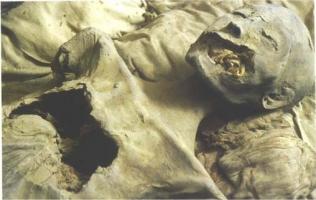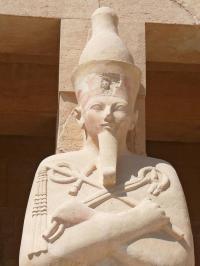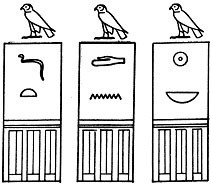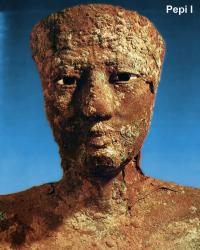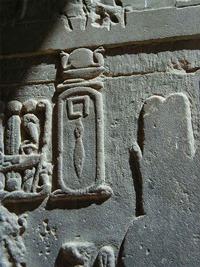Akhenaten: the heretical pharaoh
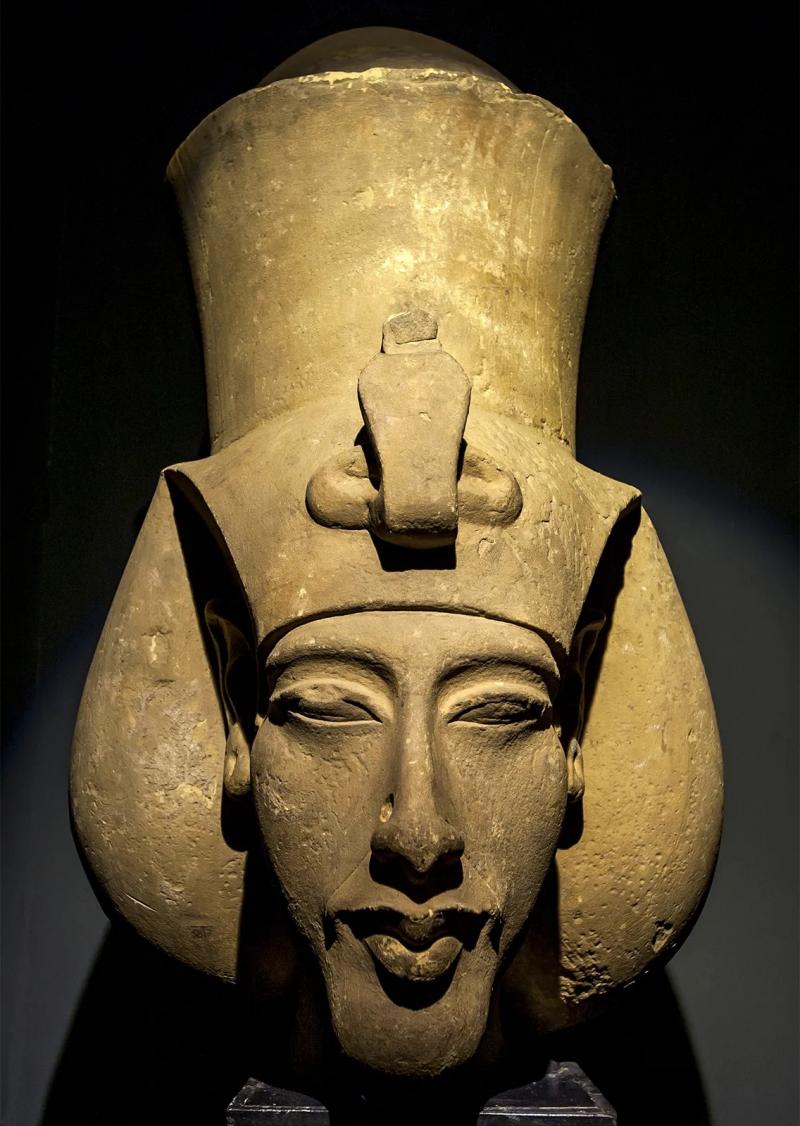
The son of Pharaoh Amenhotep III and Tiye, a woman of modest Nubian descent, Amenhotep IV represents one of the most fascinating and mysterious figures of Ancient Egypt. A pharaoh of the 18th dynasty, he ruled Egypt for about 17 years, between 1379 and 1362, during which, together with his wife Nefertiti, he transformed Egyptian society in every sphere: from religion to art, from the concept of family to that of life and death, from writing to fashion, always going against the grain of the mentality and way of life of those times. Upon ascending the throne, he began ruling from the capital city of Thebes, a center of worship of the god Amun, and soon married Nefertiti by whom he had six daughters. In the 6th year of his reign he changed his own name Amenophis (Amon is satisfied) to Akhenaten, (spirit of Aton), and began worshipping a single god, Aton, represented first as the sun disk with a hawk and then by the sun from which rays depart ending in hands holding the hieroglyphic ankh (i.e. .life). In reality, Aton was not identified with the actual solar disk, but with that mysterious force that emanates from the sun's rays, through which it reaches the king who reprojects it to the people of Egypt and all mankind-a concept of universality unique for those times. Suddenly pantheism was abolished, priests banished, temples closed, property confiscated.
We can say that Akhenaten with his monotheism anticipated events by as much as 14 centuries, but the times were still premature, at a time when all the world's religions were polytheistic, and the Egyptian people did not accept such a change so much so that upon his death, his brother Tutankhamen immediately brought back the cult of the God Amun.
The content of Akhenaten's religion we know from the Hymn to Aton carved on the rock of Eye's tomb at Amarna, in which some verses inspired by the.love of animals, humans and small things bear a striking resemblance to the foils of St. Francis of Assisi. It was undoubtedly a pacifist religion, a hymn to life, love of neighbor, and nonviolence, but it was precisely the.absence of military campaigns that caused the.weakening of his reign. He in fact never had ambitions of conquest since he was not a warrior king, but a man of mystical nature, devoted to family and religion.
Akhenaten also changed the art both in terms of themes and aesthetic canons: scenes of war, prisoners and military campaigns were not depicted, but rather paintings of domestic intimacy, peace and serenity, with representations of animals and nature. And in the field of aesthetics Akhenaten was depicted with an androgynous appearance perhaps due to a hormonal dysfunction of cerebral origin, known as Babinski-Frolich syndrome, the effects of which would be the malformation of the skull, the elongated neck, the prominent belly and thin legs, all defects present in the pharaoh, but the fact that the infertility, another symptom of this pathology, is not found in Akhenaten, leads to assume that the reason for these aesthetic deformities was rather due to a different way of representing human figures, desired by himself, a kind of expressive realism that is also found in the depictions of his family members.
The period of Akhenaten's reign is called the "Amarnian Age" after the name of the new capital he founded: Akhetaten (the Horizon of Aton), in the hills of Tell el-Amarna. It was a very simple city, built in just three years with a new construction technique, that is, using small bricks called "talatat", which are easy to move but perishable, which is one more reason why everything is destroyed today. In fact when Tutankhamun restored the cult of Amun, the Amarnian age was persecuted and everything that referred to Akhenaten was destroyed, so much so that he himself was banned from the royal lists because he was accused of heresy.
Akhenaten died around 1334 B.C.E. but no trace of his mummy was found in his tomb, although sealed: the body was probably destroyed at the end of his reign to avoid a posthumous cult. Undoubtedly Akhenaten was a great forerunner of the times who was able to revolutionize Egyptian religious ideology to become the interpreter of a new creed, thus upsetting the social balance of Egypt.
Scholars have always formulated hypotheses and judgments on his figure, giving conflicting interpretations: some consider him a genius, some a madman, and some even a religious fanatic. Undoubtedly he was a great innovator, endowed with a strong and enigmatic personality, a charismatic man who will always remain one of the most fascinating pharaohs in the history of Ancient Egypt.












